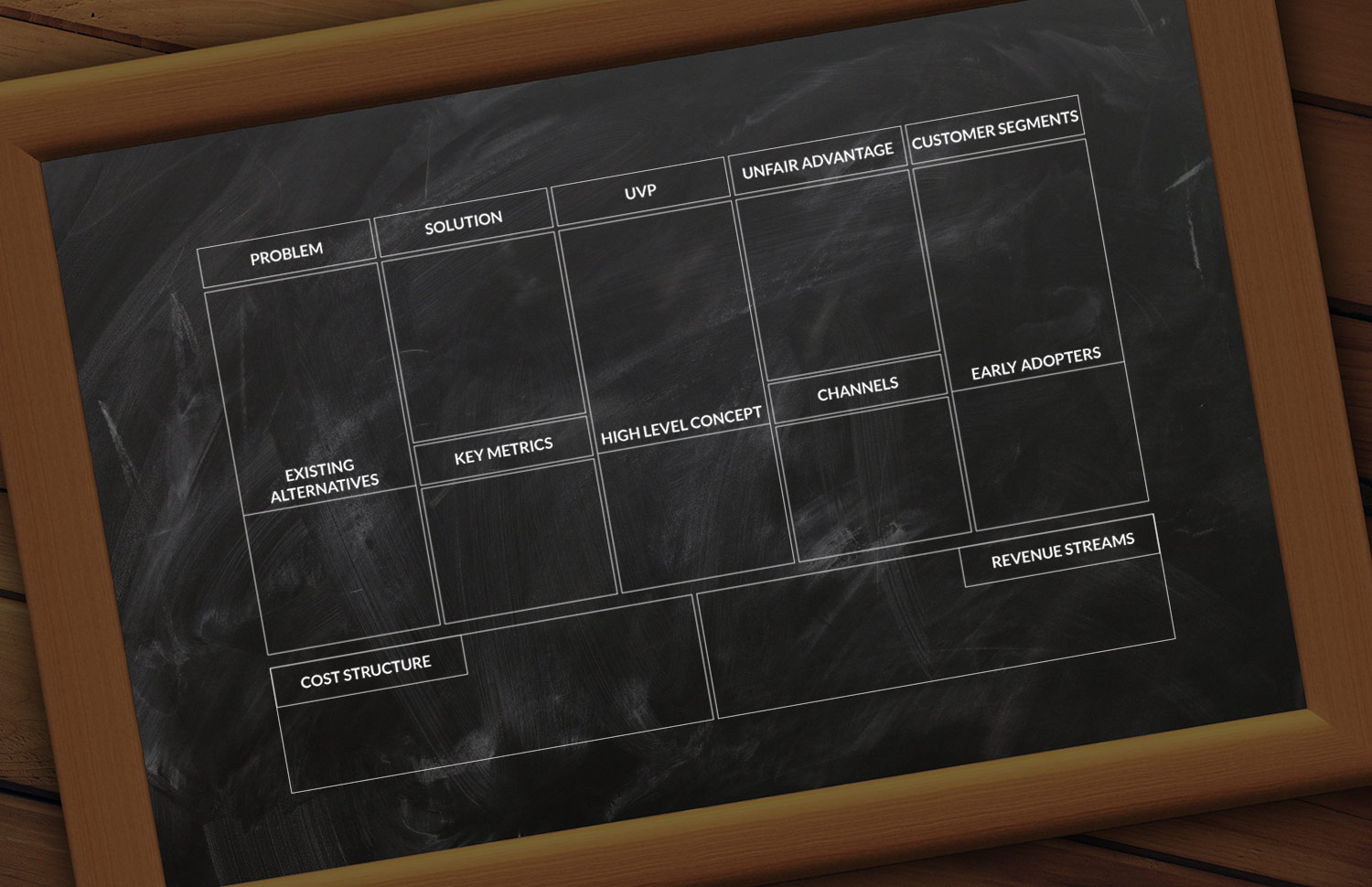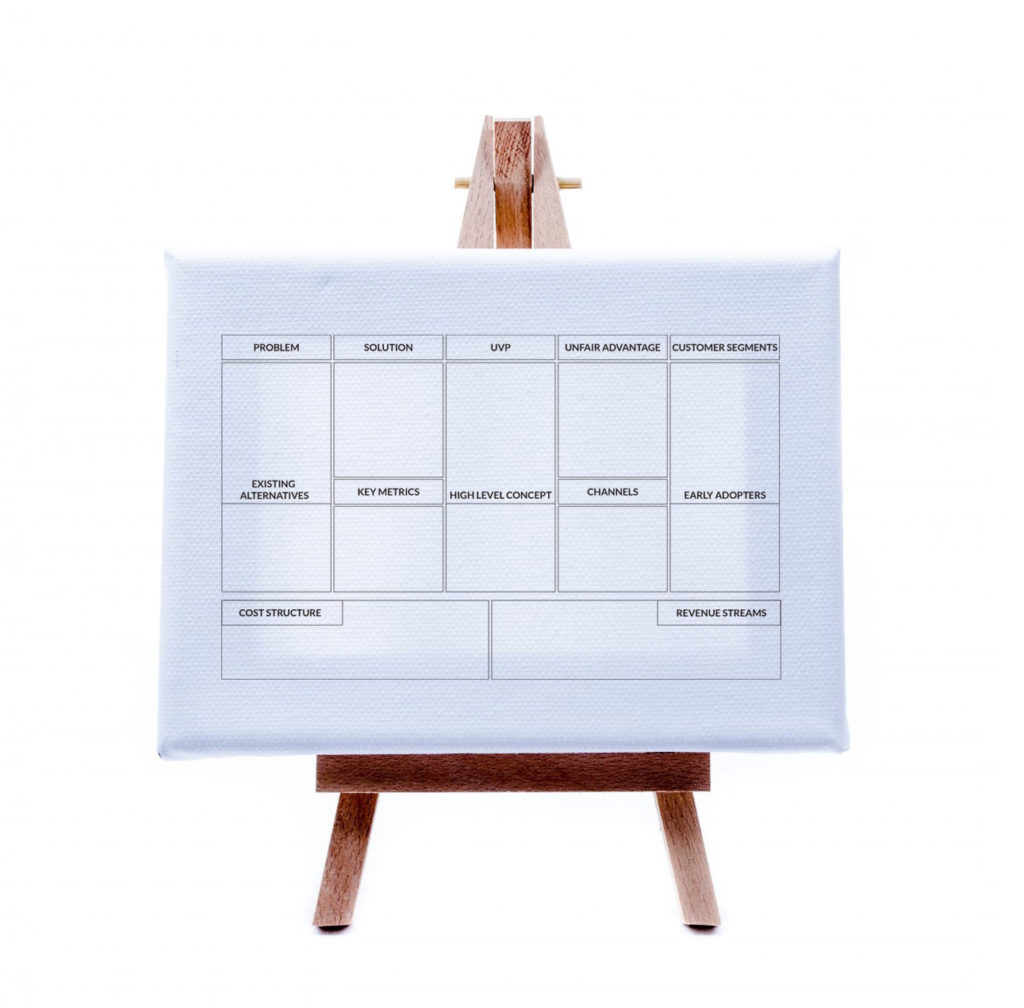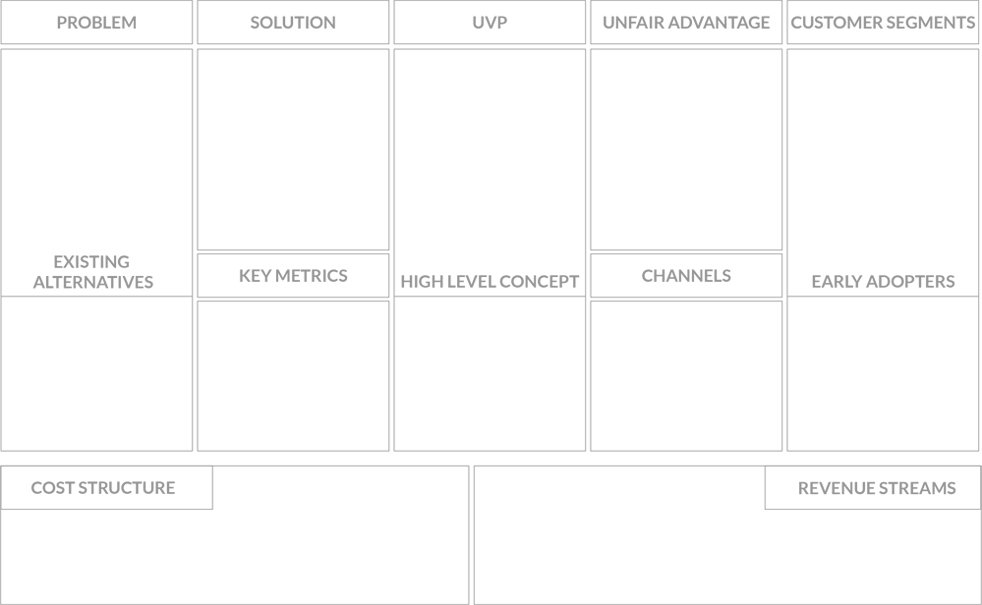Special Guest – Lory Ankiel
Podcast EP04 Show Notes: Today we are going to meet our Special guest; Lory Ankiel. Lory is the co-founder of TheAthletesGuide.com and OurBaseballLife.com and she is also the wife of famous MLB player Rick Ankiel. In this episode, Lory shares her story on how she started this business and what were her challenges. Lory also […]
Show Notes:
Today we are going to meet our Special guest; Lory Ankiel.
Lory is the co-founder of TheAthletesGuide.com and OurBaseballLife.com and she is also the wife of famous MLB player Rick Ankiel.
In this episode, Lory shares her story on how she started this business and what were her challenges.
Lory also gives some great advice for housewives sitting at home, raising their kids and having an idea – how they should get started.
I and Lory have been working together since 2012 and it’s been a wonderful journey.

Next Step:
The takeaways : If you have an idea and need a simple way to put it on paper as a business plan: Download the lean canvas business model. It’s just one simple page to hold the essence of your full business model.
And If you’re not sure about your idea and need professional help – we offer free 30-minute consultation for startups with our consultant – Ashish Pandey. Ashish specializes in helping startups attract more and more investors’ money. Find a time to talk with him here.
Archives by Month:
March
- Why People Buy? What key factors determine they would do business with you?
- Special Guest – Raj Smriti
- Let’s catch the Thief that is stealing your success



February
January
- The 5 Sins of Marketing to avoid for success
- How to charge what you’re worth?
- Ever heard “Content is King” – Why ?



July
- 20 Myths About Business Success Revealed
- 4 Ways to Stop Burning Money in Ads but Still Get More Customers?
- What’s the Key to Creating Successful Conversion Content? and Grow Sales!
- Inbound Marketing – Perfect For People Who Hate Selling
- The Worst Advice We’ve Ever Heard About Sales





March
- What is Buyer’s Journey & Why it matters for your business?
- 4 Reasons why your Marketing efforts are not paying off or converting?
- The Benefits of Buyer Personas and How to Get Started?
- Why We Don’t Sell Any Project Without Discovery?




February
- 10 signs your website might be ready for an upgrade
- Why your business needs a technical co-founder…and where to find one?


January
December
- Startups Business – Determining if Your Business is Ready for Funding
- Five steps to attract investors
- How to Make a Successful Startup Business Plan.
- 10 Common Mistakes New Businesses Make




November
- 10 Crucial Errors to Avoid for Startup Businesses
- Spread the Word: 4 Ways to Enhance Your Online Presence
- $100 website vs a $10,000 website? What’s the difference?
- Brochure Website vs. Sales Person Website – What Really Works for You?
- $10,000?! For a website? Is a website worth that much ?















